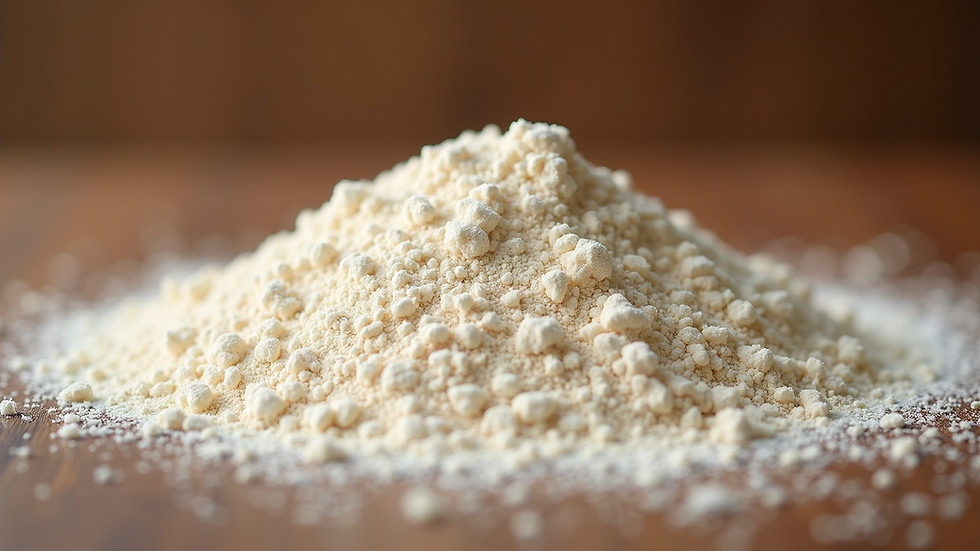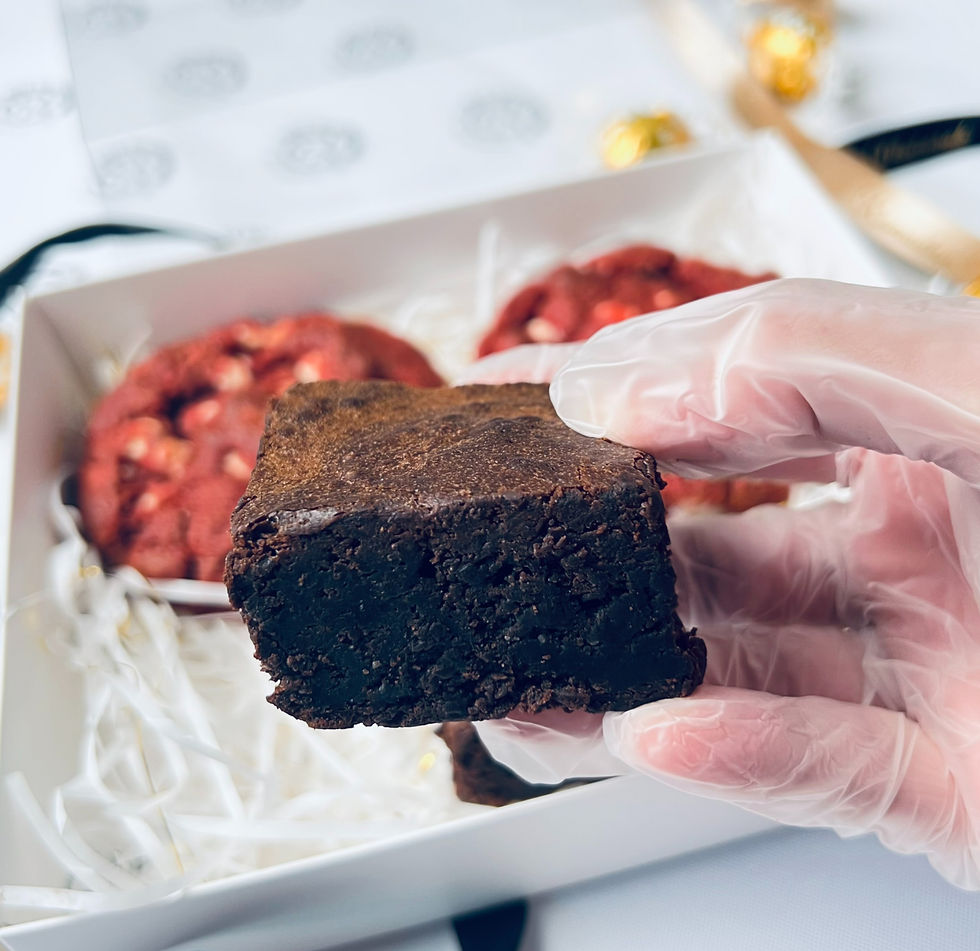Gluten Free Baking Tips: Common Mistakes to Avoid
- Mar 26
- 3 min read
Baking gluten free can be a rewarding experience, especially for those with Coeliac Disease or anyone on a gluten free diet. However, when you step into the world of gluten free baking, it’s essential to understand its unique challenges. Many new bakers encounter common pitfalls that can lead to disappointing results. This blog post aims to provide useful gluten free tips while highlighting mistakes to avoid for successful baking.
Understanding Gluten in Baking
Before diving into the tips, it's crucial to grasp the role of gluten in traditional baking. Gluten is a protein found in wheat, barley, and rye, giving bread its chewy texture and helping it rise. When gluten is removed, baked goods can become dense and crumbly. Knowing the properties of gluten free flours and how to replicate the texture and structure that gluten provides is key to successful baking.

Essential Gluten Free Ingredients
When building your gluten free pantry, you’ll want to stock up on several key ingredients. Here are some common ones:
Gluten Free Flour Blends: These are often pre-mixed and designed to work like all purpose flour. Look for blends that contain a mix of flours such as almond, rice, and tapioca.
Binders: Ingredients like xanthan gum or guar gum help give structure to gluten free baked goods. Measure carefully, as too much can cause a gummy texture.
Leavening Agents: Baking soda and baking powder are essential for rise. Make sure they are gluten free, as some brands may include gluten containing additives.
Understanding these ingredients will set the foundation for your gluten free baking experience.
Common Mistakes to Avoid
Even seasoned bakers can make errors when converting recipes to gluten free. Here are some of the most common pitfalls and how to avoid them:
1. Not Using the Right Flour
Using the wrong type of gluten free flour can lead to uneven texture. For instance, almond flour works well in many recipes but doesn't replace all purpose flour in every instance. Consider using a combination of flours to achieve the best results. Experiment with different proportions to find your perfect blend.
2. Skipping the Binders
Many bakers forget to add binders like xanthan gum or psyllium husk. These ingredients are essential for mimicking the elasticity and structure gluten provides. Don’t skip them altogether; use about ¼ teaspoon per cup of gluten free flour.
3. Overmixing the Batter
Gluten free batters can become gummy if overmixed. When multiplying or altering a recipe, aim to mix just until combined. Unlike gluten dough, which develops strength through kneading, gluten free batters need gentle handling.
The Importance of Recipes
When you're new to gluten free baking, relying on tested recipes can save you from frustration. Here are some resources where you can find reliable gluten free recipes:
Cookbooks: Seek out cookbooks that focus on gluten free baking. Numerous authors offer advice, measurements, and methods that are effective.
Exciting Announcement: My recipe eBook is coming out soon!
Food Blogs: Search for popular food blogs focusing on gluten free recipes. Communities around these blogs often offer additional tips in the comments section.
Remember, the best way to learn is through experimentation, so don't hesitate to try new recipes and adjust as you go.
Tuning into Texture and Flavour
Developing the right flavour and texture in gluten free baked goods can take time. Some tips include:
Adding Moisture: Gluten free batters might be drier than traditional ones. Incorporate ingredients like yoghurt, applesauce, or buttermilk to add moisture.
Flavour Enhancers: Be sure to enhance flavour with vanilla extract or spices. Many gluten free flours, like brown rice flour, may have a distinct flavour that can impact the final product.
Make note of your observations and preferences so that you can make adjustments in future bakes.
Experimenting and Having Fun
Baking should be enjoyable! Don’t be afraid to experiment with flavours, shapes, and formulations. Remember to keep a notebook of your successes and failures. It can help you refine your technique and build confidence.

As you venture into gluten free baking, consider seeking out community support. Whether it's online forums, local baking classes, or gluten free groups, having a support system can be invaluable.
Final Thoughts on Gluten Free Baking
Successfully baking gluten free requires a blend of knowledge, patience, and practice. Avoiding common mistakes can make a substantial difference in your baking results. From avoiding the wrong flour to not skipping binders, each aspect contributes to the final product. Embrace the journey of gluten free baking, and remember to savour the results with friends and family.
Keep learning, experimenting, and most importantly, enjoying the process. Happy baking!
.png)


Comments